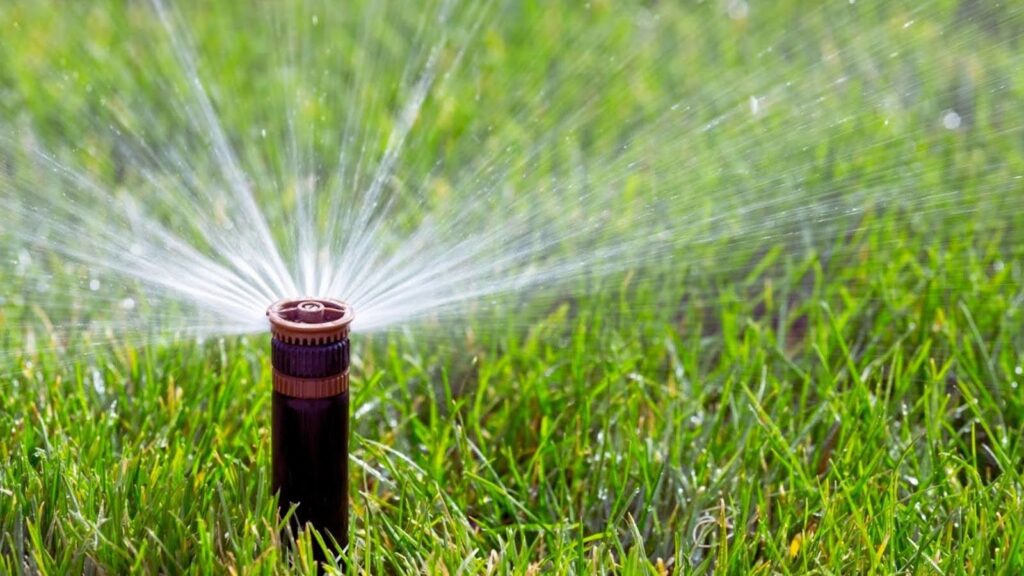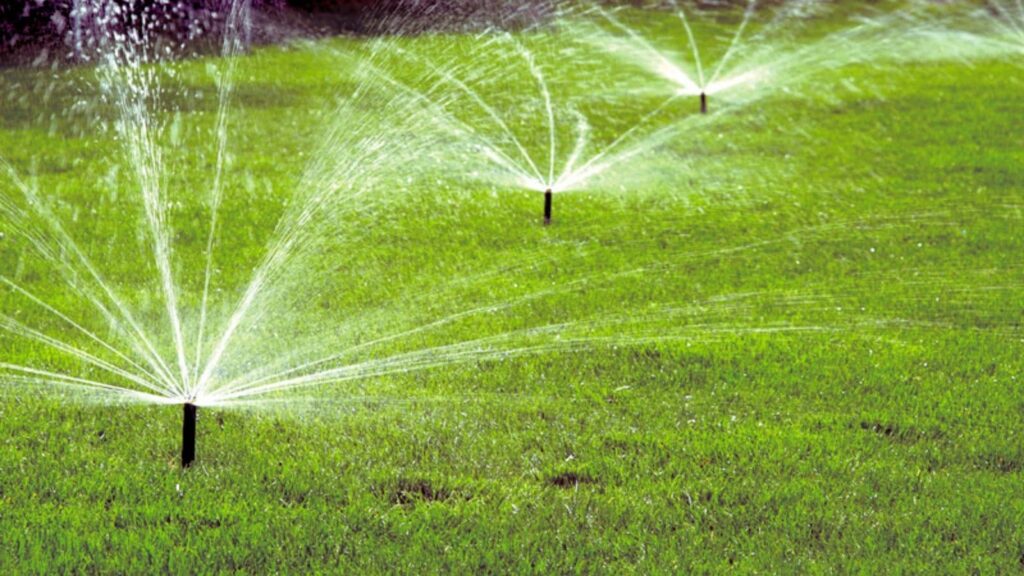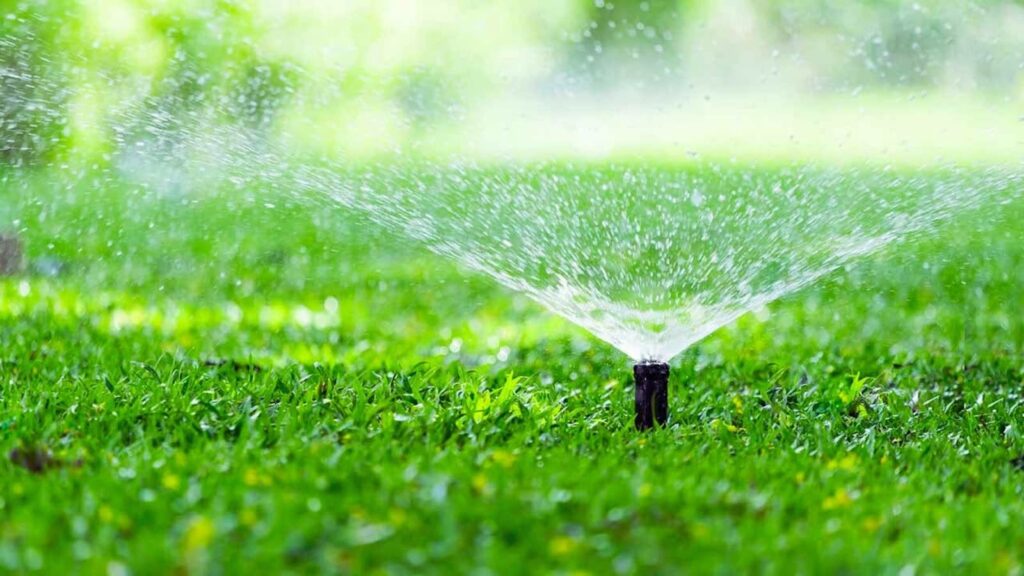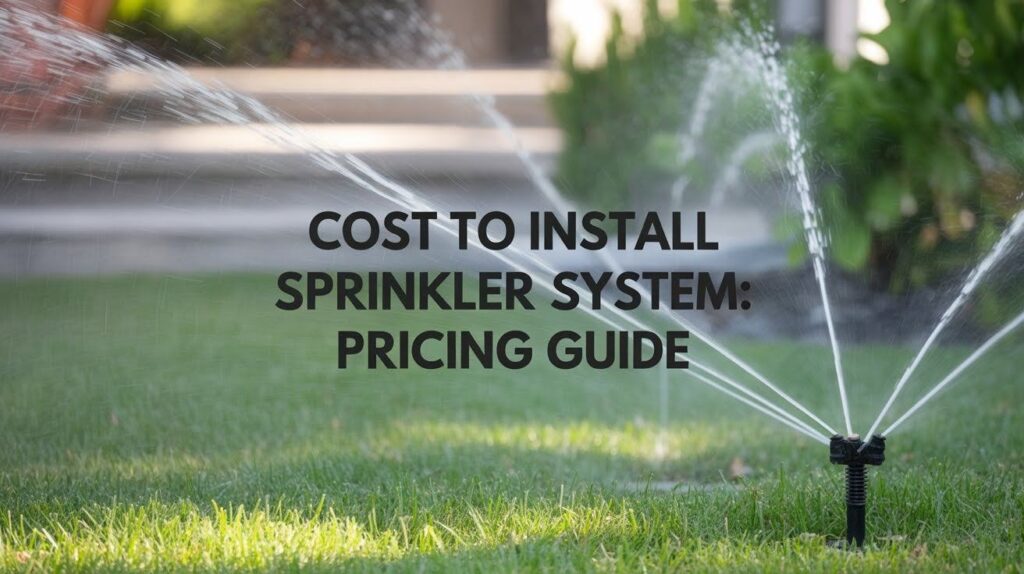Thinking about adding a sprinkler system to your yard? I get it. The cost to install a sprinkler system can seem confusing at first. I’ve been there myself, trying to figure out what’s worth spending and what’s not.
Here’s what I’ll show you: exact pricing based on your lawn size, different system options, and where your money actually goes. You’ll see real numbers, not vague estimates.
I’ll cover professional installation versus doing it yourself, plus smart ways to save without cutting corners. No matter your yard size, you’ll know exactly what to expect.
Let’s break down these costs together.
Average Cost to Install Sprinkler System

Expect to pay between $1,800 and $5,200 for most residential sprinkler systems, depending on size and complexity. The price varies based on what type of system you choose and your property size.
In-ground systems run $0.90 to $1.70 per square foot. These are permanent and offer the best coverage. A 5,000 square foot property typically costs $4,500 to $8,500, while a 10,000 square foot lawn runs $8,500 to $17,000.
Above-ground sprinklers are budget-friendly. You can grab kits for $15 to $80. Perfect if you rent or want flexibility.
Drip irrigation costs $1,191 to $2,918 for garden areas. Great for flower beds and vegetable gardens.
Larger properties benefit from scaling. The per-square-foot cost often drops slightly as size increases.
Cost Factors Affecting Sprinkler System Installation

Multiple factors beyond size determine your final installation cost, from soil type to local regulations.
System Type
You have three main options. In-ground systems last 20 years or more. They stay hidden and water efficiently. Most expensive upfront. Above-ground sprinklers attach to your hose.
Cheap and easy but less efficient. You’ll move them manually. Drip irrigation delivers water directly to plant roots. Saves water and works great for gardens and shrubs.
Number of Zones
Zones divide your property into watered sections. Each zone costs $585 to $1,335 to install. Most typical lawns need 3 to 5 zones.
Front yard, backyard, side strips, and garden areas each get their own zone. More zones mean higher costs but also better control and water efficiency.
Sprinkler Head Type
Different heads serve different purposes. Pop-up heads cost $1.50 to $5 each and hide when not in use. Rotary heads run $3 to $12 and rotate to cover larger areas. Gear-driven rotors cost $8 to $40 and are super durable for big lawns.
Impact rotors range from $4 to $25 with classic design and wide coverage. Micro or misting heads cost $2 to $15, perfect for flower beds.
Bubbler heads run $3 to $10, great around trees and shrubs. A typical zone uses 4 to 6 heads depending on coverage area.
Location & Labor Rates
Where you live matters. Labor fees range from $45 to $100 per hour. Big cities cost more than rural areas.
Regional differences affect material costs too. Shipping and local demand drive prices up or down.
Terrain and Soil Conditions
Your ground composition changes the work required. Rocky soil means more labor and special equipment to dig. Clay soil holds water but digs hard, making installation take longer.
Sandy soil drains fast, so you might need more heads or different spacing. Slopes require specialized heads or drainage solutions since gravity affects water distribution.
Water Source & Pressure
Your water setup affects system design. City water provides consistent pressure with simple hookup in most cases. Well water needs pressure checks and you might need a booster pump ($600 to $1,200).
Backflow preventers cost $150 to $500 and are required by code in most areas. Pressure regulation ensures even watering across all zones.
Permits & HOA Requirements
Don’t forget the paperwork. Permits typically cost $42 to $200. Your city or county requires them for underground work.
HOA rules vary widely. Some require specific head types or approve installation schedules. Check before you dig.
Professional Installation vs. DIY

Pros cost more upfront but save headaches and ensure proper installation for years of reliability.
Pros of Hiring a Pro:
Professionals handle proper zoning for your yard layout with no dry spots or overwatered areas. Their expertise means fewer mistakes like sprinkler heads in walkways or hitting utility lines.
You get a warranty on labor and materials (usually 1 to 3 years), and most installs finish in 1 to 3 days. They also handle permits and inspections, so no surprises from code enforcement.
DIY Options:
Want to save money? Above-ground sprinklers are easiest. Just connect to your hose and place strategically.
For in-ground systems, you’ll need basic tools like a shovel, trencher (rental), PVC cutter, and tape measure.
Budget $300 to $800 for materials including pipes, heads, valves, and a timer. DIY saves 40% to 50% on labor, but mistakes cost money to fix.
Add-Ons and Smart Irrigation Features

Modern controllers and sensors optimize watering schedules and can slash your water bill significantly.
Smart Controllers & Sensors:
Wi-Fi controllers cost $50 to $400 and let you control your system from your phone anywhere. Weather-based controllers adjust watering based on rainfall and temperature.
Rain sensors run $17 to $40 and pause watering when it rains. Soil sensors cost $30 to $75 and measure moisture to water only when needed.
Water Conservation Benefits:
Smart systems pay for themselves with 20% to 30% less water usage compared to manual timers.
Environmental benefits include reduced runoff and healthier plants. Many homeowners save $200 to $500 yearly on water bills.
Maintenance and Long-Term Costs

Annual maintenance costs $150 to $300 but protects your investment and prevents expensive emergency repairs.
Seasonal Maintenance:
Spring startup costs $75 to $160 for pros to check winter damage and adjust heads. Winterization runs $59 to $144 and is essential in cold climates to prevent frozen pipes.
DIY maintenance saves money but requires time and knowledge. Proper care extends system life from 15 to 25 years.
Common Repairs:
Sprinkler heads cost $3 to $15 to replace. Valves run $85 to $150 for parts and labor. Pipe repairs cost $75 to $300 depending on damage extent. Controller replacement ranges from $100 to $400. Budget $100 to $200 yearly for minor repairs.
Water Bill Impact:
Expect an extra $30 to $70 per month during watering season. That’s $180 to $420 yearly for most lawns. Smart systems reduce this by 20% to 30%.
Money-Saving Tips
Strategic planning and timing can save you hundreds or even thousands on installation costs.
- Install during off-season. Fall and winter bring discounts. Contractors have more availability. You might save 10% to 20%.
- Coordinate with landscaping projects. If you’re already digging for a patio or garden beds, add sprinklers. Saves on labor costs.
- Check for rebates. Many water districts offer $500 to $2,000 rebates for efficient systems or smart controllers.
- Get multiple quotes. Compare at least three licensed contractors. Prices vary significantly.
- Start with fewer zones. Add zones later as the budget allows. Prioritize high-traffic areas first.
Conclusion
After installing sprinklers on my own lawn last year, I wish I’d done it sooner. My weekends are free now, and my grass actually stays green through summer.
The cost to install a sprinkler system might seem high initially, but think about the time and hassle you’ll save. Plus, your home value goes up.
Talk to a few local contractors and get quotes tailored to your yard. Trust me, once you see that first automatic watering cycle, you’ll wonder why you waited.
Ready to take the next step?
Frequently Asked Questions
How much does it cost to install a sprinkler system for a 1/4 acre lawn?
A quarter-acre lawn typically costs $9,000 to $18,000 for professional in-ground installation. The final price depends on terrain, zones, and head types.
Is it worth installing a sprinkler system?
Yes. You’ll save time, water evenly, and increase property value by 5% to 10%. Most systems pay for themselves in 7 to 10 years.
How long does a sprinkler system installation take?
Professional installation takes 1 to 3 days for most homes. DIY projects usually take 2 to 4 weekends depending on experience.
Can I install a sprinkler system myself to save money?
Yes, DIY saves 40% to 50% on labor. However, you’ll need tools, time, and plumbing knowledge to avoid costly mistakes.
What is the cheapest type of sprinkler system?
Above-ground sprinklers cost $15 to $80 for kits. For permanent options, basic in-ground systems with fewer zones are most affordable.

